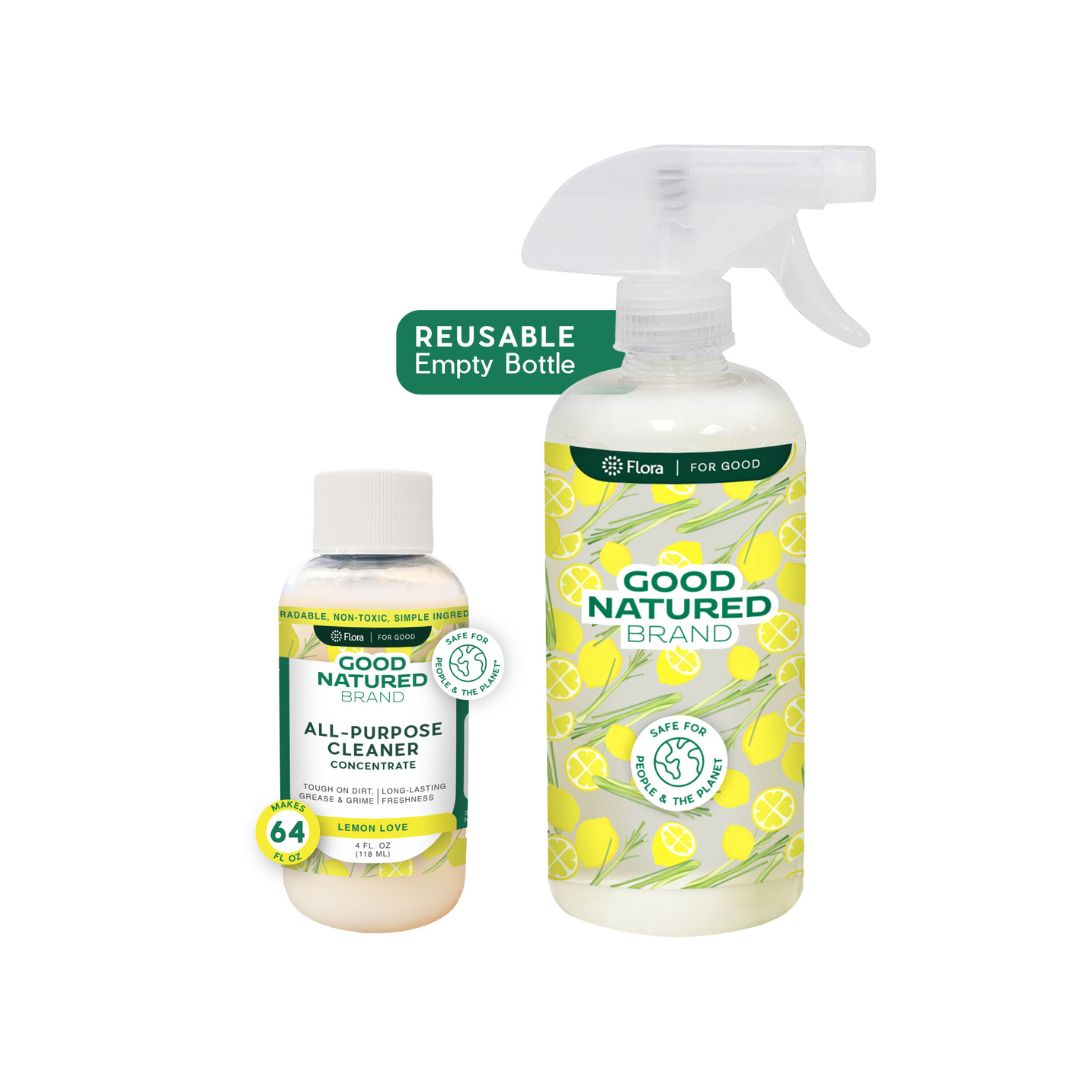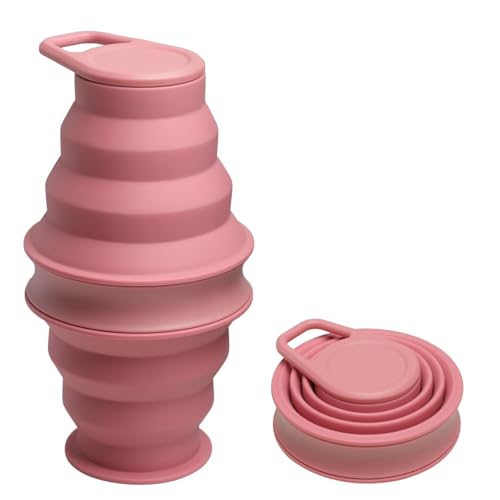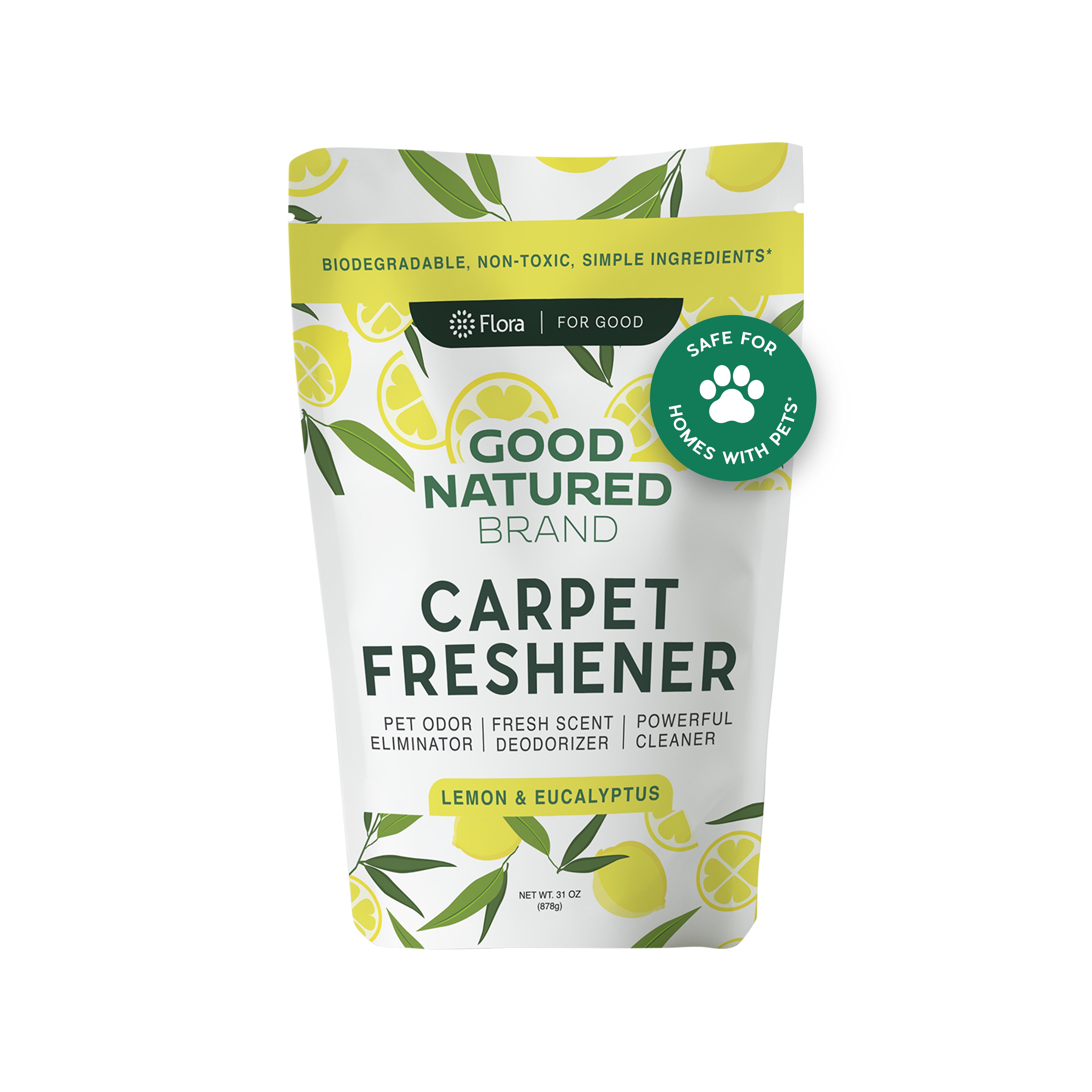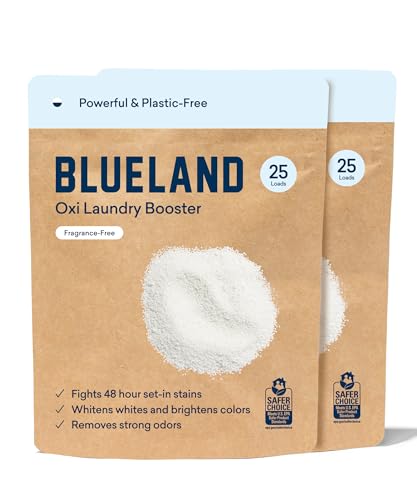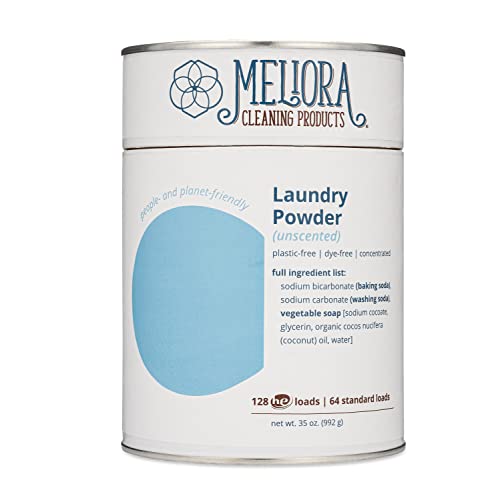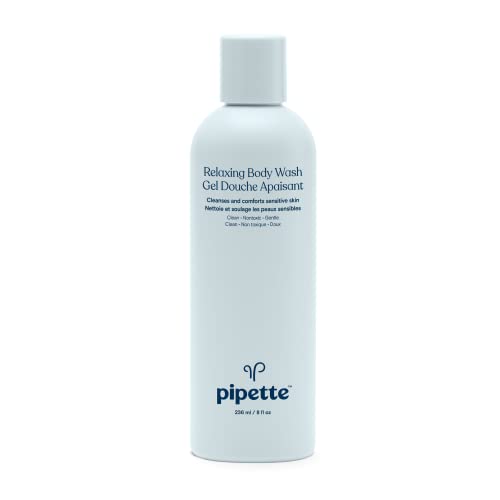
Pipette Relaxing Body Wash - Plant-Derived Moisturizing Squalane, Aromatherapeutic Citrus - 8 fl oz


Benzyl Alcohol
High RiskBenzyl alcohol is a naturally occurring and synthetic aromatic alcohol commonly used as a solvent, preservative, and fragrance ingredient in various products. It is found in both plant sources and as a synthetic compound, functioning primarily to maintain product stability and enhance fragrance profiles.
Sustai Insights
Benzyl alcohol serves effectively as a preservative and solvent, contributing to product stability and sensory qualities. However, it poses potential health risks, particularly as an allergen, with high concern for immunotoxicity. Environmental risks include being a pollutant with low bioaccumulation potential. Regulatory agencies have established restrictions on its use in certain products. Overall, the risk level associated with benzyl alcohol is assessed as high, necessitating careful consideration of its use and potential alternatives.
Pelagonium Graveolens Oil
High RiskPelargonium graveolens oil is an essential oil extracted from the leaves and stems of the rose geranium plant. It is commonly used in cosmetics and personal care products for its fragrance and potential skin benefits.
Sustai Insights
Pelargonium graveolens oil offers functional benefits as a fragrance component and may possess skin-soothing properties. However, it has a high allergenic potential, posing risks of skin irritation and sensitization. Environmental concerns include its potential as a pollutant, though it is not classified as bioaccumulative. Regulatory bodies have placed some restrictions on its use, and the overall risk level is assessed as high. Users should exercise caution, particularly those with sensitivities, and explore safer alternatives such as synthetic fragrances or other essential oils.
Citrus Aurantium Bergamia (Bergamot) Fruit Extract
High RiskCitrus aurantium bergamia (bergamot) fruit extract is derived from the bergamot orange, primarily used for its aromatic properties and as a flavoring agent. It is commonly found in personal care products and fragrances, where it serves to enhance scent profiles.
Sustai Insights
Bergamot extract offers functional benefits such as providing fragrance and potential skin conditioning. However, it carries significant health risks, including a high potential for allergic reactions and skin irritation. Environmental concerns include its classification under certain regulations that restrict its use due to irritation potential. The ingredient is considered to have a high overall risk level, necessitating caution in its application, particularly for sensitive populations. Alternatives such as synthetic fragrances or other essential oils may provide safer options.
Citric Acid
Medium RiskCitric acid is an alpha hydroxy acid used in personal care products primarily for its role as a pH adjuster and natural preservative. It occurs naturally in citrus fruits and is commonly utilized in various formulations for its chelating properties and mild exfoliation benefits.
Sustai Insights
Citric acid offers functional benefits as an effective preservative and pH stabilizer, contributing to product longevity and stability. It is biodegradable and derived from renewable sources. Health risks are low, with minimal concerns regarding carcinogenicity, allergies, and reproductive toxicity. However, moderate use restrictions exist due to potential irritation at high concentrations. Environmental risks are limited, as citric acid is not known to accumulate in ecosystems. Regulatory agencies have no significant advisories against its use. Overall, it is assessed as a medium-risk ingredient, with safe usage practices recommended and alternatives available.
Limonene
Medium RiskLimonene is a scent ingredient and solvent naturally found in citrus fruits, commonly used in personal care and cleaning products for its fragrant properties. It serves as a flavoring agent and enhances the overall sensory experience of products.
Sustai Insights
Limonene offers functional benefits such as acting as a solvent and fragrance enhancer. However, it carries a high allergenic potential, which can trigger skin or respiratory sensitivities in some individuals. Environmental concerns include moderate persistence and bioaccumulation, along with potential ecotoxicity. Regulatory restrictions necessitate verification in products containing this ingredient. Overall, the risk level is assessed as medium, emphasizing the importance of cautious use, particularly for sensitive populations. Safer alternatives may be considered to mitigate these risks.
Citrus Reticulata Oil
Medium RiskCitrus reticulata oil is derived from the whole plant of any subspecies within the citrus reticulata species. It is commonly used in various products for its aromatic properties and potential benefits in formulations.
Sustai Insights
Citrus reticulata oil serves as a fragrance and may offer some antimicrobial properties, which can enhance product appeal. However, it is associated with high allergenic potential, posing risks for sensitive individuals. There are moderate use restrictions noted, and it may persist in the environment, raising concerns about ecological impact. Overall, the ingredient is assessed as having a medium risk level, necessitating safe usage practices and consideration of alternatives for those seeking lower-risk options.
Aloe Barbadensis (Aloe Vera) Leaf Extract
Low RiskAloe vera leaf extract is produced from the succulent leaves of the Aloe barbadensis plant. It is commonly used in cosmetic formulations for its moisturizing and soothing properties, making it a popular ingredient in skincare and personal care products.
Sustai Insights
Aloe vera leaf extract offers several functional benefits, including hydration and skin soothing effects, which are well-supported by scientific literature. It is considered to have a low risk for common health concerns such as carcinogenicity, allergies, or reproductive toxicity. Environmentally, it poses minimal risks, with no significant pollutant potential or bioaccumulation reported. Regulatory bodies have not imposed major restrictions, although verified products should not contain certain contaminants. Overall, this ingredient is assessed as low risk, with safe usage practices and the availability of alternative soothing agents if desired.
Squalane Oil
Low RiskSqualane oil is a lightweight, colorless oil derived from olive or sugarcane that is commonly used in cosmetic formulations. It functions primarily as a moisturizer and emollient, enhancing skin hydration while imparting a silky texture to products. Squalane is also known for its stability and resistance to oxidation, making it a favored ingredient in skincare.
Sustai Insights
Squalane oil is recognized for its effective moisturizing properties and is sustainably sourced, often derived from olives or sugarcane, contributing to its eco-friendly profile. Health risks are minimal, with low concerns for carcinogenicity, allergies, or reproductive toxicity. Environmental impact is also low, as it is not known to bioaccumulate or pollute. Regulatory bodies have not placed restrictions on its use. Overall, the ingredient poses a low risk, making it a safe option in cosmetic products. Alternatives such as jojoba oil or other plant-based emulsifiers may offer similar benefits.
Cocoyl Proline
Low RiskCocoyl proline is the product obtained by the reaction of coconut fatty acids with proline, an amino acid. It is commonly used in personal care formulations for its surfactant and conditioning properties, enhancing the texture and performance of products such as shampoos and conditioners.
Sustai Insights
Cocoyl proline offers functional benefits as a mild surfactant and conditioning agent, contributing to the overall feel and efficacy of personal care products. It is considered to have low health risks, including low concerns for carcinogenicity, allergies, and reproductive toxicity. Environmentally, it poses minimal risks as it is not associated with bioaccumulation or significant pollution. Regulatory assessments do not indicate any restrictions on its use. Overall, cocoyl proline's risk level is assessed as low, making it a suitable ingredient in personal care applications.
Sodium Lauroyl Oat Amino Acids
Low RiskSodium lauroyl oat amino acids is a sodium salt derived from oat amino acids, commonly used in cosmetics for its surfactant and conditioning properties. It helps to improve the texture and feel of formulations, making it beneficial in skin and hair care products.
Sustai Insights
Sodium lauroyl oat amino acids offers functional benefits as a mild surfactant and moisturizer, contributing to skin and hair conditioning. It is considered low risk for health concerns such as carcinogenicity, allergies, and developmental toxicity. Environmentally, it poses minimal risks, with no significant pollutants or bioaccumulation potential noted. Regulatory bodies have imposed low restrictions on its use, supporting its safety. For optimal use, following recommended concentrations is advisable. Alternatives like sodium cocoyl glutamate may provide similar benefits with a comparable safety profile. Overall, this ingredient is assessed to have low risk.
Sodium Gluconate
Low RiskSodium gluconate is a sodium salt of gluconic acid, commonly used as a chelating agent in various personal care products. It functions primarily to bind metal ions, enhancing product stability and efficacy. Additionally, it may serve as a moisturizer and skin conditioning agent.
Sustai Insights
Sodium gluconate is valued for its functional benefits, including effective chelation and moisture retention, contributing positively to product performance. It is considered low risk concerning health impacts, with minimal concerns regarding carcinogenicity, allergies, or reproductive toxicity. Environmental assessments indicate low pollutant potential and minimal bioaccumulation. Regulatory bodies have not imposed significant restrictions. Safe usage practices are advised, particularly regarding enhanced skin absorption. Overall, sodium gluconate presents a low risk profile, making it a viable choice in personal care formulations.
Cocamidopropyl Hydroxysultaine
Low RiskCocamidopropyl hydroxysultaine is a synthetic skin and hair conditioning agent commonly used in personal care products. It functions primarily as a surfactant, providing foaming and emulsifying properties, while also contributing to the conditioning of hair and skin.
Sustai Insights
Cocamidopropyl hydroxysultaine offers functional benefits as a mild surfactant and conditioning agent, with low concerns regarding carcinogenicity, allergies, and reproductive toxicity. It is generally regarded as safe with low irritation potential. Environmental assessments indicate low pollutant potential and minimal bioaccumulation. Regulatory bodies have not imposed significant restrictions on its use, aligning with low risk levels overall. Safe usage is advised, particularly for sensitive populations, and alternative gentle surfactants may be considered for those seeking greener options. In conclusion, this ingredient is classified as low risk.
Dehydroacetic Acid
Low RiskDehydroacetic acid is a synthetic preservative commonly used in cosmetic and personal care products to inhibit microbial growth and extend shelf life.
Sustai Insights
Dehydroacetic acid offers effective preservation, enhancing product stability. It is considered low risk for carcinogenicity, allergies, and reproductive toxicity, with minimal environmental impact. Regulatory bodies report no significant hazards, and its use is generally accepted. However, precautions should be taken to avoid occupational exposure. Alternatives include natural preservatives like tocopherol. Overall, the assessment indicates a low-risk profile.
Sodium Cocoyl Isethionate
Low RiskSodium cocoyl isethionate is a surfactant derived from coconut oil, commonly used in cosmetic formulations. It functions as a cleansing and foaming agent, contributing to the texture and effectiveness of personal care products such as shampoos and body washes. It helps to remove dirt and oils from the skin and hair.
Sustai Insights
Sodium cocoyl isethionate offers functional benefits as a gentle surfactant that effectively cleanses without stripping moisture. It is biodegradable and derived from renewable sources, enhancing its sustainability profile. Health risks are low, with minimal potential for irritation or allergies noted. Regulatory bodies have not imposed significant restrictions, indicating a favorable risk assessment overall. Usage should be within recommended concentrations to maintain safety. Alternatives include milder surfactants like decyl glucoside for those seeking gentler options. Overall, the ingredient is assessed to have a low risk.
Water
Low RiskWater is a clear, colorless liquid essential for various biological processes. It serves as a solvent in formulations, facilitating the dissolution of other ingredients and enhancing product texture and application. Additionally, water plays a crucial role in hydration and is a key component in many cosmetic and personal care products.
Sustai Insights
Water is an effective solvent and hydrator, contributing to the texture and efficacy of formulations. It is biodegradable and generally regarded as safe, with low concerns regarding carcinogenicity, allergies, and reproductive toxicity. However, excessive water usage can lead to environmental concerns, particularly regarding resource depletion. Regulatory bodies do not impose restrictions on water use in cosmetics. Overall, the risks associated with water are low, making it a safe and essential ingredient.
Magnesium Chloride
Low RiskMagnesium chloride is an inorganic salt commonly used in various products for its functional properties, including moisture retention and as a source of magnesium. It is often utilized in formulations aimed at skin hydration and overall product stability.
Sustai Insights
Magnesium chloride serves effectively as a humectant, enhancing moisture retention in formulations. It is considered low-risk regarding health concerns such as carcinogenicity, allergies, and reproductive toxicity. Environmentally, it poses minimal risk, not being bioaccumulative or a significant pollutant. Regulatory bodies have not issued restrictions against it, indicating a favorable compliance status. Safe usage practices recommend avoiding excessive concentrations to maintain effectiveness. Overall, the ingredient presents a low-risk profile with no immediate concerns, making it a suitable choice in personal care formulations.
Vegetarian Glycerin
Low RiskVegetarian glycerin, also known as glycerol, is a colorless, odorless, and viscous liquid derived from plant sources. It is primarily used as a humectant, solvent, and emollient in various personal care products, helping to retain moisture and improve texture.
Sustai Insights
Vegetarian glycerin offers functional benefits as an effective humectant, promoting hydration and skin smoothness. It is biodegradable and typically sustainably sourced. Health risks associated with glycerin are low, with no significant concerns for carcinogenicity, allergens, or reproductive toxicity. Environmental risks are minimal, and it is not subject to major regulatory warnings. Overall, the risk level for this ingredient is low, making it a safe choice in formulations. Safe usage practices include ensuring proper concentrations in products, and alternatives such as propylene glycol exist but may have differing properties.
Aloe Barbadensis (Aloe Vera) Leaf Extract
Low RiskAloe vera leaf extract is produced from the succulent leaves of the Aloe barbadensis plant. It is commonly used in cosmetic formulations for its moisturizing and soothing properties, making it a popular ingredient in skincare and personal care products.
Sustai Insights
Aloe vera leaf extract offers several functional benefits, including hydration and skin soothing effects, which are well-supported by scientific literature. It is considered to have a low risk for common health concerns such as carcinogenicity, allergies, or reproductive toxicity. Environmentally, it poses minimal risks, with no significant pollutant potential or bioaccumulation reported. Regulatory bodies have not imposed major restrictions, although verified products should not contain certain contaminants. Overall, this ingredient is assessed as low risk, with safe usage practices and the availability of alternative soothing agents if desired.
Squalane Oil
Low RiskSqualane oil is a lightweight, colorless oil derived from olive or sugarcane that is commonly used in cosmetic formulations. It functions primarily as a moisturizer and emollient, enhancing skin hydration while imparting a silky texture to products. Squalane is also known for its stability and resistance to oxidation, making it a favored ingredient in skincare.
Sustai Insights
Squalane oil is recognized for its effective moisturizing properties and is sustainably sourced, often derived from olives or sugarcane, contributing to its eco-friendly profile. Health risks are minimal, with low concerns for carcinogenicity, allergies, or reproductive toxicity. Environmental impact is also low, as it is not known to bioaccumulate or pollute. Regulatory bodies have not placed restrictions on its use. Overall, the ingredient poses a low risk, making it a safe option in cosmetic products. Alternatives such as jojoba oil or other plant-based emulsifiers may offer similar benefits.
Citric Acid
Medium RiskCitric acid is an alpha hydroxy acid used in personal care products primarily for its role as a pH adjuster and natural preservative. It occurs naturally in citrus fruits and is commonly utilized in various formulations for its chelating properties and mild exfoliation benefits.
Sustai Insights
Citric acid offers functional benefits as an effective preservative and pH stabilizer, contributing to product longevity and stability. It is biodegradable and derived from renewable sources. Health risks are low, with minimal concerns regarding carcinogenicity, allergies, and reproductive toxicity. However, moderate use restrictions exist due to potential irritation at high concentrations. Environmental risks are limited, as citric acid is not known to accumulate in ecosystems. Regulatory agencies have no significant advisories against its use. Overall, it is assessed as a medium-risk ingredient, with safe usage practices recommended and alternatives available.
Limonene
Medium RiskLimonene is a scent ingredient and solvent naturally found in citrus fruits, commonly used in personal care and cleaning products for its fragrant properties. It serves as a flavoring agent and enhances the overall sensory experience of products.
Sustai Insights
Limonene offers functional benefits such as acting as a solvent and fragrance enhancer. However, it carries a high allergenic potential, which can trigger skin or respiratory sensitivities in some individuals. Environmental concerns include moderate persistence and bioaccumulation, along with potential ecotoxicity. Regulatory restrictions necessitate verification in products containing this ingredient. Overall, the risk level is assessed as medium, emphasizing the importance of cautious use, particularly for sensitive populations. Safer alternatives may be considered to mitigate these risks.
Cocoyl Proline
Low RiskCocoyl proline is the product obtained by the reaction of coconut fatty acids with proline, an amino acid. It is commonly used in personal care formulations for its surfactant and conditioning properties, enhancing the texture and performance of products such as shampoos and conditioners.
Sustai Insights
Cocoyl proline offers functional benefits as a mild surfactant and conditioning agent, contributing to the overall feel and efficacy of personal care products. It is considered to have low health risks, including low concerns for carcinogenicity, allergies, and reproductive toxicity. Environmentally, it poses minimal risks as it is not associated with bioaccumulation or significant pollution. Regulatory assessments do not indicate any restrictions on its use. Overall, cocoyl proline's risk level is assessed as low, making it a suitable ingredient in personal care applications.
Sodium Lauroyl Oat Amino Acids
Low RiskSodium lauroyl oat amino acids is a sodium salt derived from oat amino acids, commonly used in cosmetics for its surfactant and conditioning properties. It helps to improve the texture and feel of formulations, making it beneficial in skin and hair care products.
Sustai Insights
Sodium lauroyl oat amino acids offers functional benefits as a mild surfactant and moisturizer, contributing to skin and hair conditioning. It is considered low risk for health concerns such as carcinogenicity, allergies, and developmental toxicity. Environmentally, it poses minimal risks, with no significant pollutants or bioaccumulation potential noted. Regulatory bodies have imposed low restrictions on its use, supporting its safety. For optimal use, following recommended concentrations is advisable. Alternatives like sodium cocoyl glutamate may provide similar benefits with a comparable safety profile. Overall, this ingredient is assessed to have low risk.
Sodium Gluconate
Low RiskSodium gluconate is a sodium salt of gluconic acid, commonly used as a chelating agent in various personal care products. It functions primarily to bind metal ions, enhancing product stability and efficacy. Additionally, it may serve as a moisturizer and skin conditioning agent.
Sustai Insights
Sodium gluconate is valued for its functional benefits, including effective chelation and moisture retention, contributing positively to product performance. It is considered low risk concerning health impacts, with minimal concerns regarding carcinogenicity, allergies, or reproductive toxicity. Environmental assessments indicate low pollutant potential and minimal bioaccumulation. Regulatory bodies have not imposed significant restrictions. Safe usage practices are advised, particularly regarding enhanced skin absorption. Overall, sodium gluconate presents a low risk profile, making it a viable choice in personal care formulations.
Benzyl Alcohol
High RiskBenzyl alcohol is a naturally occurring and synthetic aromatic alcohol commonly used as a solvent, preservative, and fragrance ingredient in various products. It is found in both plant sources and as a synthetic compound, functioning primarily to maintain product stability and enhance fragrance profiles.
Sustai Insights
Benzyl alcohol serves effectively as a preservative and solvent, contributing to product stability and sensory qualities. However, it poses potential health risks, particularly as an allergen, with high concern for immunotoxicity. Environmental risks include being a pollutant with low bioaccumulation potential. Regulatory agencies have established restrictions on its use in certain products. Overall, the risk level associated with benzyl alcohol is assessed as high, necessitating careful consideration of its use and potential alternatives.
Cocamidopropyl Hydroxysultaine
Low RiskCocamidopropyl hydroxysultaine is a synthetic skin and hair conditioning agent commonly used in personal care products. It functions primarily as a surfactant, providing foaming and emulsifying properties, while also contributing to the conditioning of hair and skin.
Sustai Insights
Cocamidopropyl hydroxysultaine offers functional benefits as a mild surfactant and conditioning agent, with low concerns regarding carcinogenicity, allergies, and reproductive toxicity. It is generally regarded as safe with low irritation potential. Environmental assessments indicate low pollutant potential and minimal bioaccumulation. Regulatory bodies have not imposed significant restrictions on its use, aligning with low risk levels overall. Safe usage is advised, particularly for sensitive populations, and alternative gentle surfactants may be considered for those seeking greener options. In conclusion, this ingredient is classified as low risk.
Dehydroacetic Acid
Low RiskDehydroacetic acid is a synthetic preservative commonly used in cosmetic and personal care products to inhibit microbial growth and extend shelf life.
Sustai Insights
Dehydroacetic acid offers effective preservation, enhancing product stability. It is considered low risk for carcinogenicity, allergies, and reproductive toxicity, with minimal environmental impact. Regulatory bodies report no significant hazards, and its use is generally accepted. However, precautions should be taken to avoid occupational exposure. Alternatives include natural preservatives like tocopherol. Overall, the assessment indicates a low-risk profile.
Sodium Cocoyl Isethionate
Low RiskSodium cocoyl isethionate is a surfactant derived from coconut oil, commonly used in cosmetic formulations. It functions as a cleansing and foaming agent, contributing to the texture and effectiveness of personal care products such as shampoos and body washes. It helps to remove dirt and oils from the skin and hair.
Sustai Insights
Sodium cocoyl isethionate offers functional benefits as a gentle surfactant that effectively cleanses without stripping moisture. It is biodegradable and derived from renewable sources, enhancing its sustainability profile. Health risks are low, with minimal potential for irritation or allergies noted. Regulatory bodies have not imposed significant restrictions, indicating a favorable risk assessment overall. Usage should be within recommended concentrations to maintain safety. Alternatives include milder surfactants like decyl glucoside for those seeking gentler options. Overall, the ingredient is assessed to have a low risk.
Water
Low RiskWater is a clear, colorless liquid essential for various biological processes. It serves as a solvent in formulations, facilitating the dissolution of other ingredients and enhancing product texture and application. Additionally, water plays a crucial role in hydration and is a key component in many cosmetic and personal care products.
Sustai Insights
Water is an effective solvent and hydrator, contributing to the texture and efficacy of formulations. It is biodegradable and generally regarded as safe, with low concerns regarding carcinogenicity, allergies, and reproductive toxicity. However, excessive water usage can lead to environmental concerns, particularly regarding resource depletion. Regulatory bodies do not impose restrictions on water use in cosmetics. Overall, the risks associated with water are low, making it a safe and essential ingredient.
Magnesium Chloride
Low RiskMagnesium chloride is an inorganic salt commonly used in various products for its functional properties, including moisture retention and as a source of magnesium. It is often utilized in formulations aimed at skin hydration and overall product stability.
Sustai Insights
Magnesium chloride serves effectively as a humectant, enhancing moisture retention in formulations. It is considered low-risk regarding health concerns such as carcinogenicity, allergies, and reproductive toxicity. Environmentally, it poses minimal risk, not being bioaccumulative or a significant pollutant. Regulatory bodies have not issued restrictions against it, indicating a favorable compliance status. Safe usage practices recommend avoiding excessive concentrations to maintain effectiveness. Overall, the ingredient presents a low-risk profile with no immediate concerns, making it a suitable choice in personal care formulations.
Citrus Reticulata Oil
Medium RiskCitrus reticulata oil is derived from the whole plant of any subspecies within the citrus reticulata species. It is commonly used in various products for its aromatic properties and potential benefits in formulations.
Sustai Insights
Citrus reticulata oil serves as a fragrance and may offer some antimicrobial properties, which can enhance product appeal. However, it is associated with high allergenic potential, posing risks for sensitive individuals. There are moderate use restrictions noted, and it may persist in the environment, raising concerns about ecological impact. Overall, the ingredient is assessed as having a medium risk level, necessitating safe usage practices and consideration of alternatives for those seeking lower-risk options.
Pelagonium Graveolens Oil
High RiskPelargonium graveolens oil is an essential oil extracted from the leaves and stems of the rose geranium plant. It is commonly used in cosmetics and personal care products for its fragrance and potential skin benefits.
Sustai Insights
Pelargonium graveolens oil offers functional benefits as a fragrance component and may possess skin-soothing properties. However, it has a high allergenic potential, posing risks of skin irritation and sensitization. Environmental concerns include its potential as a pollutant, though it is not classified as bioaccumulative. Regulatory bodies have placed some restrictions on its use, and the overall risk level is assessed as high. Users should exercise caution, particularly those with sensitivities, and explore safer alternatives such as synthetic fragrances or other essential oils.
Citrus Aurantium Bergamia (Bergamot) Fruit Extract
High RiskCitrus aurantium bergamia (bergamot) fruit extract is derived from the bergamot orange, primarily used for its aromatic properties and as a flavoring agent. It is commonly found in personal care products and fragrances, where it serves to enhance scent profiles.
Sustai Insights
Bergamot extract offers functional benefits such as providing fragrance and potential skin conditioning. However, it carries significant health risks, including a high potential for allergic reactions and skin irritation. Environmental concerns include its classification under certain regulations that restrict its use due to irritation potential. The ingredient is considered to have a high overall risk level, necessitating caution in its application, particularly for sensitive populations. Alternatives such as synthetic fragrances or other essential oils may provide safer options.
Vegetarian Glycerin
Low RiskVegetarian glycerin, also known as glycerol, is a colorless, odorless, and viscous liquid derived from plant sources. It is primarily used as a humectant, solvent, and emollient in various personal care products, helping to retain moisture and improve texture.
Sustai Insights
Vegetarian glycerin offers functional benefits as an effective humectant, promoting hydration and skin smoothness. It is biodegradable and typically sustainably sourced. Health risks associated with glycerin are low, with no significant concerns for carcinogenicity, allergens, or reproductive toxicity. Environmental risks are minimal, and it is not subject to major regulatory warnings. Overall, the risk level for this ingredient is low, making it a safe choice in formulations. Safe usage practices include ensuring proper concentrations in products, and alternatives such as propylene glycol exist but may have differing properties.
Discover the Pipette Relaxing Body Wash, thoughtfully crafted for pregnant and postpartum moms. This sulfate-free body wash gently cleanses while preserving skin's natural moisture, leaving it soft and smooth. Enriched with a calming blend of bergamot, mandarin orange, and geranium, it offers a soothing aromatherapeutic experience. Ideal as a thoughtful gift, this body wash is a must-have for self-care during pregnancy.
- Gentle Cleansing: Cleanses without stripping skin's natural oils, ensuring a refreshing wash that keeps skin hydrated.
- Relaxing Aroma: Infused with 100% plant-derived scents that promote relaxation, making bath time a peaceful retreat.
- Nourishing Ingredients: Features sugarcane-derived squalane and coconut-based surfactants for exceptional hydration that cares for sensitive skin.
- Safe and Eco-Friendly: Paraben-free, cruelty-free, and EWG Verified, ensuring a safe choice for both mom and baby.
- Dermatologist Approved: Developed with biologists and dermatologists, ensuring a gentle, hypoallergenic formula for daily use.
Subscribe & Save with Sustai
- Best Price Guarantee: Always enjoy the lowest prices on sustainable home essentials.
- No Surprises: We’ll notify you before shipping. No hidden fees, ever.
- You’re in Charge: Change, pause, or cancel your subscription anytime with ease.
- Eco-Friendly Deliveries: Our grouped shipments mean less packaging and lower emissions.
Join us on a sustainable journey. Special offers for a limited time! Prices and promotions may change.
Recommended Products
Discover the Pipette Relaxing Body Wash, thoughtfully crafted for pregnant and postpartum moms. This sulfate-free body wash gently cleanses while preserving skin's natural moisture, leaving it soft and smooth. Enriched with a calming blend of bergamot, mandarin orange, and geranium, it offers a soothing aromatherapeutic experience. Ideal as a thoughtful gift, this body wash is a must-have for self-care during pregnancy.
- Gentle Cleansing: Cleanses without stripping skin's natural oils, ensuring a refreshing wash that keeps skin hydrated.
- Relaxing Aroma: Infused with 100% plant-derived scents that promote relaxation, making bath time a peaceful retreat.
- Nourishing Ingredients: Features sugarcane-derived squalane and coconut-based surfactants for exceptional hydration that cares for sensitive skin.
- Safe and Eco-Friendly: Paraben-free, cruelty-free, and EWG Verified, ensuring a safe choice for both mom and baby.
- Dermatologist Approved: Developed with biologists and dermatologists, ensuring a gentle, hypoallergenic formula for daily use.

You can have at most 2 Sustainable Steals products in your cart
Customer Reviews
Customers’ View
Customers appreciate the gentle cleansing properties of this body wash, noting that it is particularly well-suited for sensitive skin. Many users highlight its moisturizing benefits without feeling heavy, with one remarking, "Keeps my skin moisturized without feeling heavy." The product's formulation, which is sulfate-free and made with natural ingredients, is also praised for its clean and eco-friendly attributes. While opinions on the scent vary, with some enjoying its subtlety and others preferring a different aroma, the overall sentiment leans towards satisfaction with how it cleanses effectively. However, concerns about the product's sealing and consistency have been noted, as several customers reported issues with the bottle being underfilled or not properly sealed. Overall, this body wash aligns well with the values of health-conscious and environmentally aware consumers.
AI-generated from the text of customer reviewsThis product has no reviews yet.
